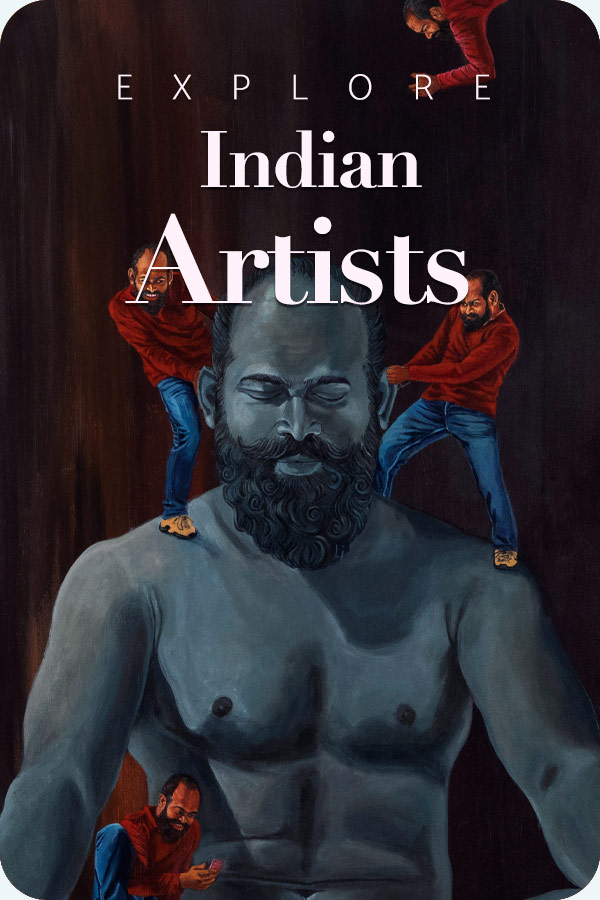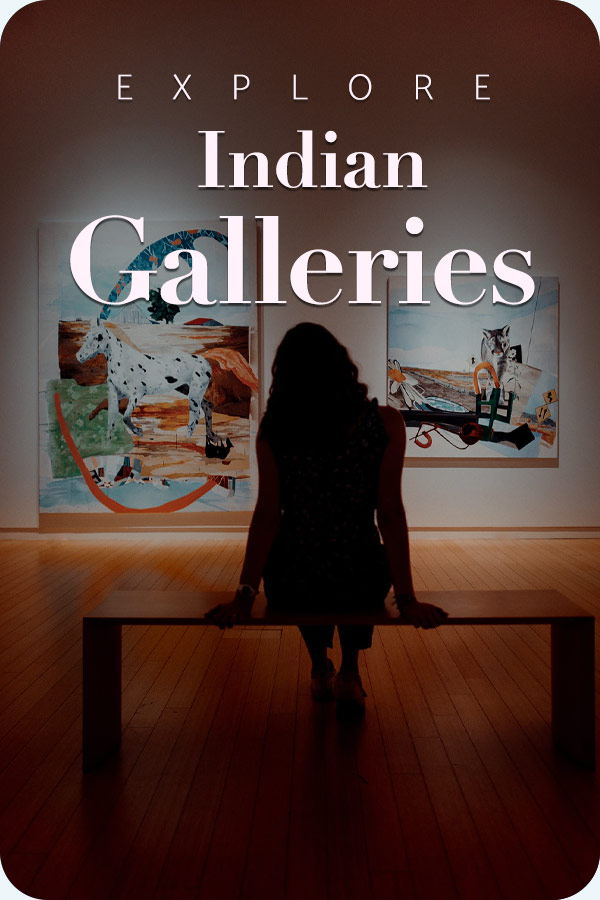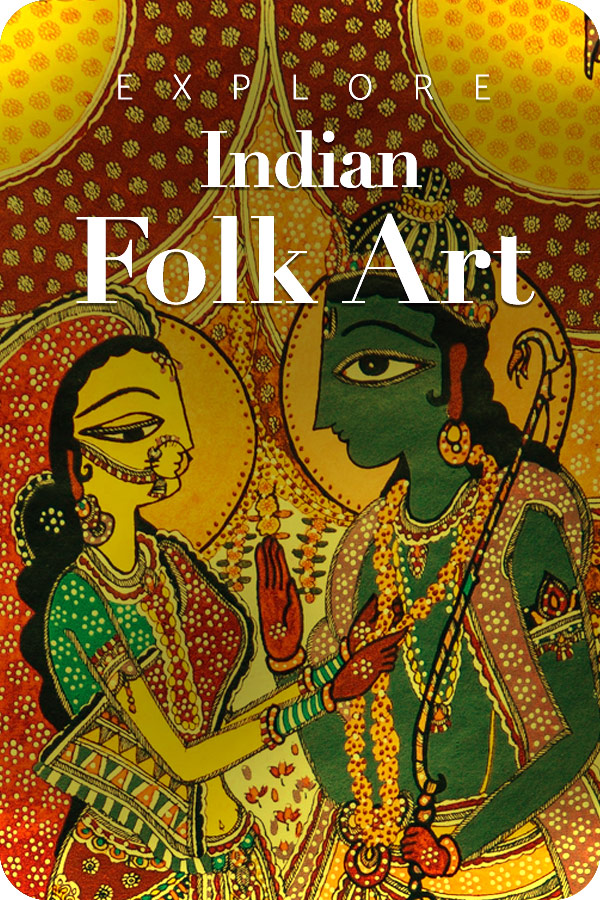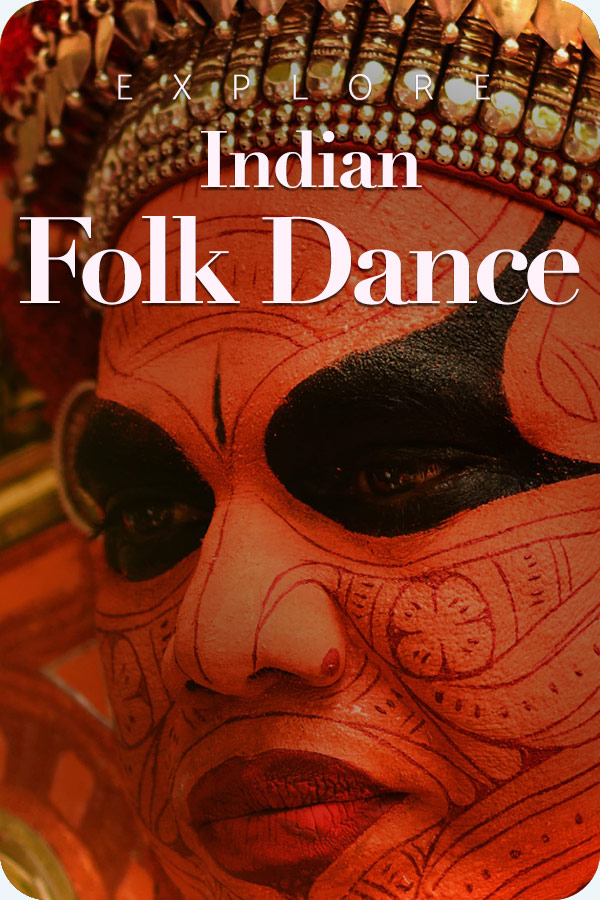We often carry a notion that tribes are usually backward and they need to be admitted into the mainstream. That the life they live, the beliefs they value and the survival tactics they cherish, are but naïve, regressive and not up to pace with the speed of the world. However, one tribe that has defied it all and stood up against what many may perceive as progress, is the Dongria Kondh tribe of Odisha against the giant business conglomerate called Vedanta.

Activists and heady ground work along with the main driving force of the staunch, unfaltering belief of the tribes had led the Supreme Court of India and the government to stop the mining of bauxite by Vedanta in a landmark judgment passed in 2013. As per the Forest Rights Act, the court invited the 12 Dongria Kondh tribal village councils or gram sabhas to decide who unanimously voted against mining. However, there are fresh appeals and violent interventions by the Maoist. The tribe claims to continue to hold sacred the non-violent ways and finds itself suddenly in the cross fire between the police and the Maoist.
The Dongria Kondh is listed under the Schedule Tribes as a Particularly Vulnerable Tribal Group (PVTG). Hence officially the government recognizes them as indigenous people and acknowledges positive discrimination. However, their outlook towards peaceful and harmonious co-existence of nature and economy are questions to ponder upon. This is even more stark when one reads about the Dongria Kondhs methods and ideologies, their stance and fight against the upper classes, all paving way for a larger debate, which is, whether a group of people who are in fact holding peaceful demonstrations and defining how an ecologically sustainable life be led, be perceived as backward?
Perception precedes reality

After all, what really matters is perception. The issue is really not about the benefits or the status that the constitution and laws provide; it is largely about how people of the country view tribes. For most of us, tribes mean a group of ethnic people, disconnected with modern ways of living; they do not sit in plush AC offices, or fluently speak English. They still live in thatched huts, hunt, collect or grow their own food and have a strong sense of brotherhood. They also have a distinct clothing, language, culture, traditions relating to marriage, puberty, birth and death, they have their local songs, their unmistakable dance forms and those who do break out and get educated in cities, usually go back to their roots doing good for the others. Hence the perception is always of a backward community, unaware of technology and modern amenities and rather unable to fit themselves in urban landscapes. Almost all of it is true, however, what the Dongria Kondhs have taught us amongst many things, is that though their way of living differs from ours, we can learn a thing or two about how to stand firmly by what one believes and truly progress with conviction.
Choice matters

The key word hence here is choice. What do the tribes chose to do and how do they chose to live? The Dongria Kondhs have deep respect and reverence for the natural surroundings. They worship their mountains and hills and rivers, and the Niyam Raja, the God of the Niyamgiri hills where they live, is their most revered deity. The bauxite mining on their most sacred hill, coupled with pollution that would have threatened the survival of their streams was reasons enough for them to come together and stage a protest that caught national and international attention. The fact that the tribes understood the importance of saving their natural environment and chose to reject the perceived benefits of industrializing their villages calls for not only a deeper understanding and need of policies that can balance environment and economics together, but also, subtly nudges the question of whether protecting the environment, retaining one’s tradition and choosing to live a life in the forest may also be deemed as progressive.
Tribes generally in India, are facing the influx of modern amenities and as many village tribes across India admit, their children are forgetting their traditional songs, traditional costumes are giving way to trousers and t-shirts and the art of using bow and arrows is almost defunct due to the fewer number of animals. None of this is a problem really, only it does push one to think that what with the integration of the macro, the micro cultures and traditions may slowly be relegated to social science books, exhibitions or even museums. This is why the Dongria Kondhs and their struggle are of vital importance. Apart from highlighting the larger issues of environment and compensation, this tribe has put itself on the world map as well as in the consciousness of its fellow citizens, by strongly believing in the reverence of their mountains, maintaining and in fact celebrating the Niyamgiri festival with more fervor, showcasing their traditional costumes and hence suddenly awakening people to understand and acknowledge their traditions, language and in fact market their farm products, skills and handicrafts.
We do not need major movements or struggles to take interests in our ethnic tribes or suddenly wake up to their existence. Rather it should be an understood deal that though they may be significantly different, their mindset, their thoughts and even their behavior and relations with each other speak volumes about how broad minded they are in a larger sense. After all, who says that you cannot learn a new language without forgetting your own, or be smartly dressed without wearing your traditional attire, or not be secular without ignoring your foundations? For reminding us all of this, we need to say thank you to the people of Niyamgiri.








I found the article on the Dongria Kondh tribe of Odisha to be truly inspiring. Their unique way of living in harmony with nature, despite the challenges they face, is a lesson to us all. It’s incredible to see how they have developed their own sustainable practices and maintain a deep connection with their environment. As someone who is passionate about sustainability, I believe that more people should learn from the Dongria Kondh tribe and adopt their practices in their own lives. Thank you for sharing this eye-opening article!